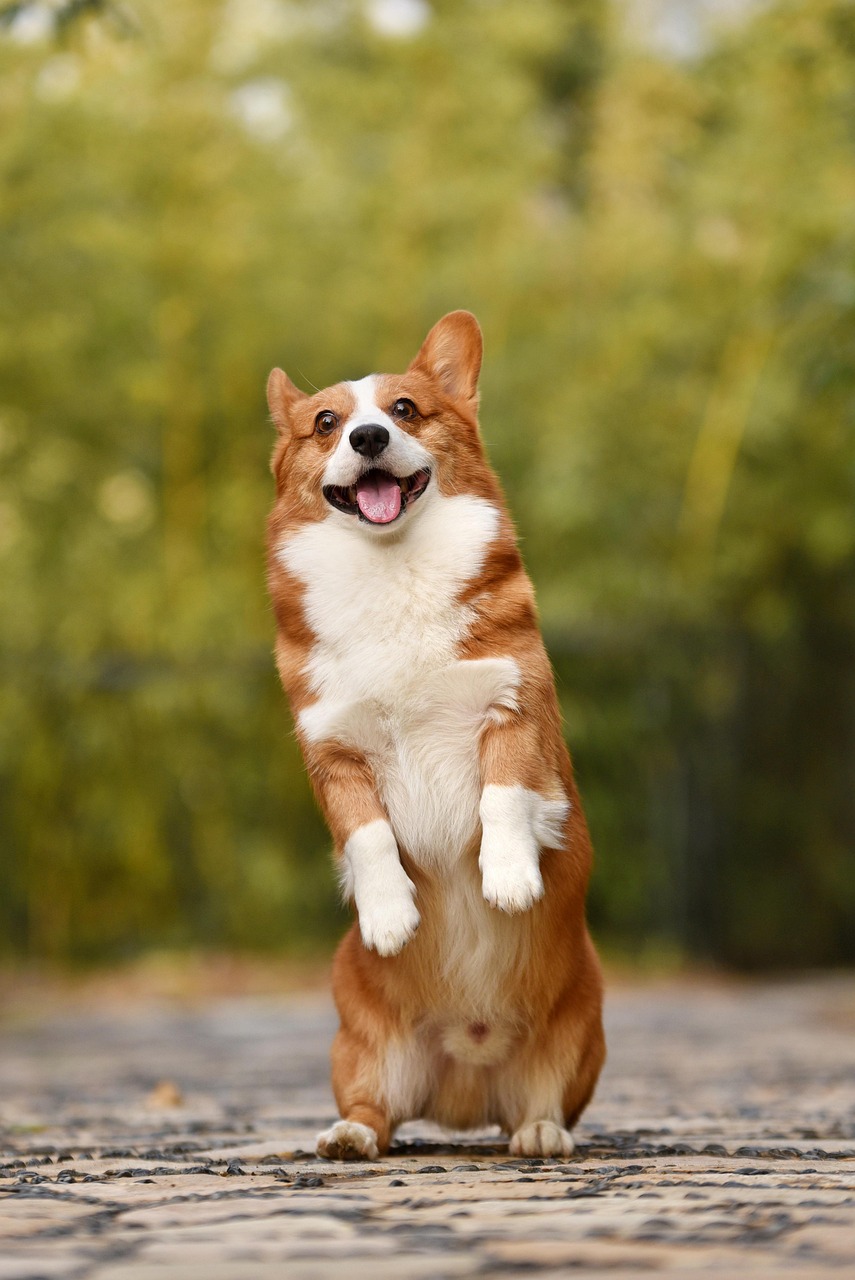Last Updated on August 10, 2022 by Dogs Vets
How to write an essay about your pet
We talk about caring for our animals. How else can you express your love and pride in your pet? Write a literary prose about it, an essay, or even an academic paper.
You can always pay someone to write your essays, and all your feelings about your pet will remain, and along with that be worthy of publication.
Love for animals is the main theme of stories – their lives
- You can write about the habits, the behavior of your pet, its attitude to humans.
- The main thing in any story is interesting observations, events, games, communication with them.
- You can fantasize a monologue – it is a conversation of the animal as a reflection on itself and its thoughts.
- You can write a dialogue – it’s a conversation with someone, with you, with other animals, with nature.
- It can be a fairy tale, a fable, a parable, or a poem, or even prose or a small theatrical sketch, or maybe you will make a cartoon.
- Or maybe a whole scientific article of observations of the peculiarities of development with photos.
Theme and title
For example: Your dog.
But to write a story about an animal, you need to read the stories of famous writers.
- Vitaly Bianki – Stories about animals.
- Э. Seton-Thompson, the book “Tell About the Animals”.
- Evgeny Charushin, Stories about animals.
- Bianki V. Tales and stories about animals
- Cat Leopold – there is a cartoon of this kind.
Identify the main plot and intent of the story, think through the semantic line.
List the habits, character, qualities, features of your favorite animal
His minuses, pluses of behavior, kind, evil, stubborn, etc.
Tell about the relationship with other animals
Domestic or wild animal.
Likes to live with people or in a pack.
What your story teaches
The main point is the instructive part of the story, what your story teaches, what is unusual about the image of the chosen animal, what excites you, what you share with the world.
If you’ve read some writers’ stories about animals, you’ll find it easier to write your own story.
There is always something fun, interesting, lively, and enjoyable to remember from your experiences.
Structure of the best essay
It is always important to make a story plan
This applies to any essay.
Plot development
The main events in the story.
You can write briefly, or you can supplement your story with observations from life, writing down new and new thoughts.
Plot intrigue
- To make readers want to read the story, to think about the hero of the story.
- The technique of understatement is indispensable here, so that the reader guesses for himself.
- It is to show imagination, to decorate the text with interesting facts, funny moments or surprising and imaginative pictures.
- Being able to create music with words is the most significant thing in any story.
- The image of your animal should be bright, memorable.
- Do not forget about metaphors, definitions, vivid examples, comparisons, as well as punctuation and spelling errors.
- Write any text in computer documents.
- It checks for meaningful errors.
- Check the draft, rewrite it, correct it.
- Then discuss with your first readers, listeners, family, or friends.
- Your listeners will help you find new thoughts, phrases, associations.
The dénouement of the storyline
This is the most important thing-the end and conclusion of your story.
To write a good essay, it is important to note in your description the vivid details that are characteristic of your subject. Just make sure that the details are in harmony with each other and do not look disjointed.
Your goal is to create a description essay in which the reader sees a whole picture. Typically, the composition of a description essay consists of three parts: the introduction, the main body, and the conclusion.
How to Write an Introduction
Many articles have been written on how to write an introduction and what it should be like. Nevertheless, mistakes are often made in this part of the essay-description.
Why? Perhaps it’s inattention, or maybe it’s because many people take this part of the essay as insignificant.
In fact, in any written work, the introduction plays almost the main role, since it is, in fact, a summary of the main part. It necessarily introduces the object of description that will be discussed, its function, features, associations, etc.
The main part of the essay-description
The work on the main part is the disclosure of what was outlined in the introduction.
The main body of the essay-description includes an analysis of the picture, a description of the objects and actions, and a description of the appearance of the person or animal.
The essay describes primarily personal observations, and uses evaluative adjectives, definitions, comparisons, characteristic adverbs, figurative means of language, and extratemporal verbs as “tools” of description.
Interesting observation: Extratemporal verbs characterize objects in different time periods (fall is coming, leaves are lying down, the forest is surrounded), while neutral verbs help describe thoughts (e.g., it’s hard to see if you observe, etc.).
What kinds of descriptions are needed? Those that reflect the main features of the object (so it becomes recognizable), important details (the image will complement and become brighter). Try to avoid trivial descriptions and show artistic thinking.
Conclusions in the essay
The conclusion is an important part of the essay-description, which should be approached responsibly. The purpose of any conclusion is to say, with a couple or three succinct phrases, what significance certain features have in the picture (literary work, etc.).
The conclusion is somewhat similar to the introduction, but they have different purposes – the first one succinctly tells about the topic of the essay-description, and the second one gives brief conclusions.
One last thing: Don’t forget that descriptive text is free, so the author can actively express in it his point of view on the objects and give characteristic evaluations.

















